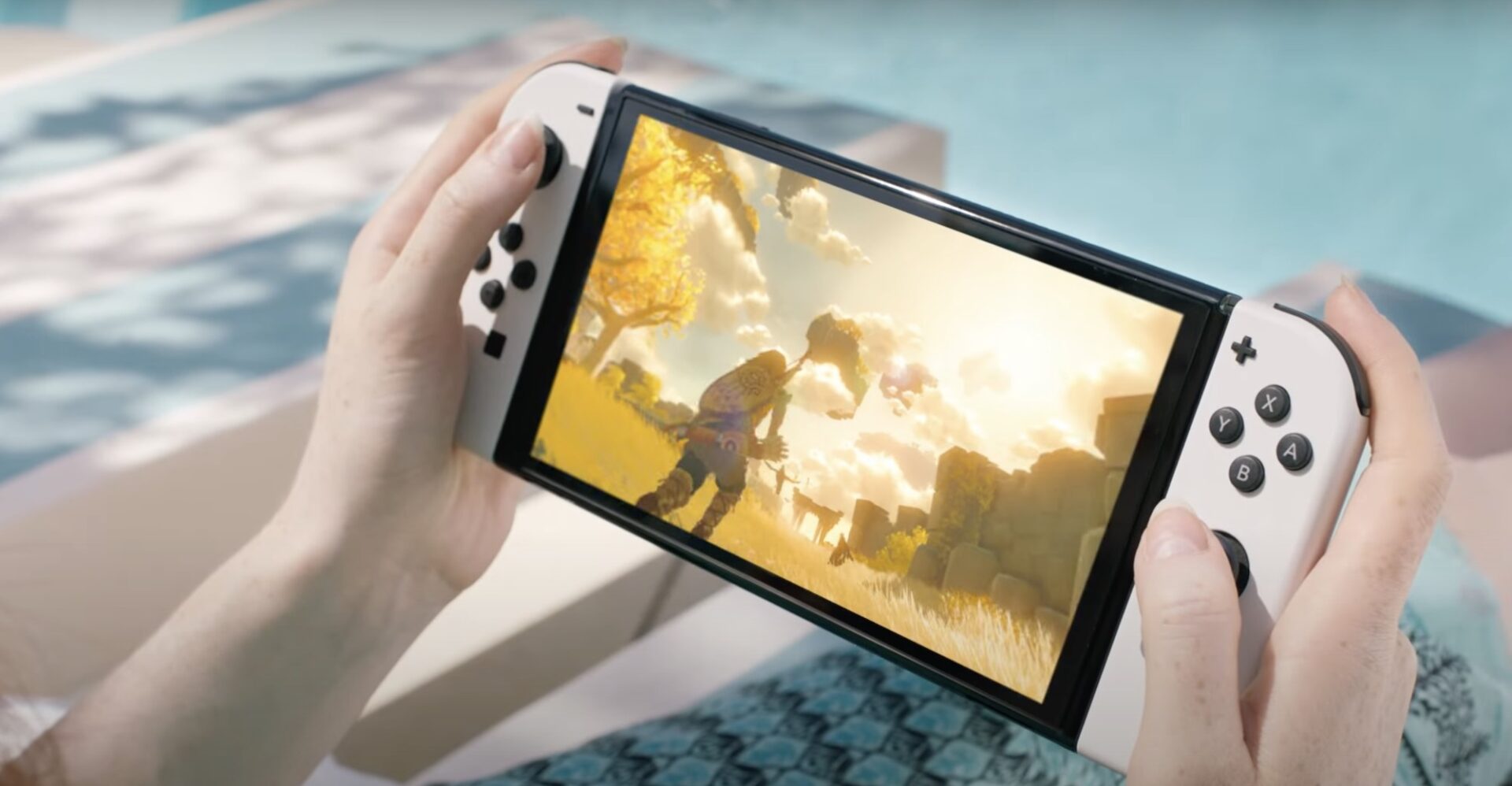

Ultimate feel as smooth with the mClassic off as it does with it on. Metroid Dread, Splatoon 2 and Super Smash Bros. When it comes to actual gaming, I noticed zero lag or latency issues. Hopefully the clip and image sliders above help better demonstrate what the mClassic can do for lower resolution content. The silver lightning bolt-like image on her shoulder pads look noticeably sharper with the mClassic on.Īnd in this gameplay scene below, Samus looks blurrier with the mClassic off versus when it's on. Pay attention to the round areas of Samus' armor, like her shoulder pads and helmet. Jagged edges are especially noticeable in the slider below, where Samus is seen examining her suit after the Raven Beak encounter. Plus, the orange lights from her arm cannon don't smear into the rest of her weapon. Colors pop a little more and there's overall greater clarity. When moving the slider below to the "on" position, there's a clear resolution bump around Samus. When the mClassic is off, the light source looks angular, as if it were from a 3DS game. And take a look at the orange glow from her arm cannon. Look at the areas in which blue meets with white on her armor. Here, there's a general blurriness to Samus. For the best results, try zooming in on your phone or computer.Ī similar effect can be seen in this scene, with Samus collapsed on the floor after her encounter with Raven Beak. You can also see more jagged edges around her shoulder pads and at the top of her helmet. Here, if you look at the edges of Samus' calves and hips, her armor doesn't look fully round and smooth. We've added an image slider below for easy comparisons. Doing so would likely require much more horsepower and special upscaling algorithms.Ī later scene shows Raven Beak, the main antagonist in Metroid Dread, holding Samus by the throat.
SOURCES NINTENDO SWITCH OLED 4K TVS 720P
The mClassic doesn't magically post-process an image from 720p to 4K. This means that a 720p signal can only go up to 1080p. The mClassic only bumps the resolution to the next output value.
When the mClassic is on, the effect is less noticeable.īut less noticeable does not mean entirely unnoticeable. This is due to the lower resolution and lack of antialiasing essentially showing the corners of each pixel. Here, if you look at the edges of her visor when the mClassic is off, there's a shimmering effect taking place, almost as if the pixels are dancing. The next scene shows Samus Aran in her ship with the camera zooming in closer to her helmet. The lettering when the mClassic is off is noticeably blurrier versus when it's on. Take a look at the logos for No More Heroes: Travis Strikes Again. The start of the video shows my Nintendo Switch OLED's menu screen. Be sure to zoom in and watch it in 1080p. The effect is most noticeable on a large 4K television, but the video should demonstrate what I mean. However, the mClassic is often on sale for $10 to $20 off.Įither way, the difference for me when playing Metroid Dread was significant enough to where side-by-side comparisons had to be made.īelow is a video of Switch gameplay comparing the mClassic when both on and off. To heap on an extra $99 cost to a $300 gaming system is a lot. But he declined, saying he didn't play the Switch often enough and that the $99 price tag wasn't worth it for such a subtle change in quality. Upon seeing non-mClassic gameplay, I told him to consider getting the diminutive red and black device. My friend also sports an LG OLED, making it an even comparison for my eyes. It was while I was at a friend's house that I noticed how blurry and jagged Switch games looked on a 4K display minus the mClassic.

When playing games like Animal Crossing: New Horizons or Splatoon 2, my eyes grew tuned to the smoother edges the mClassic was helping output. It's an excellent TV, but with a 3840 x 2160 resolution, lower scale content can end up looking blurry. I had been using the mClassic for about a year on my 55" LG OLED C9 TV.


 0 kommentar(er)
0 kommentar(er)
